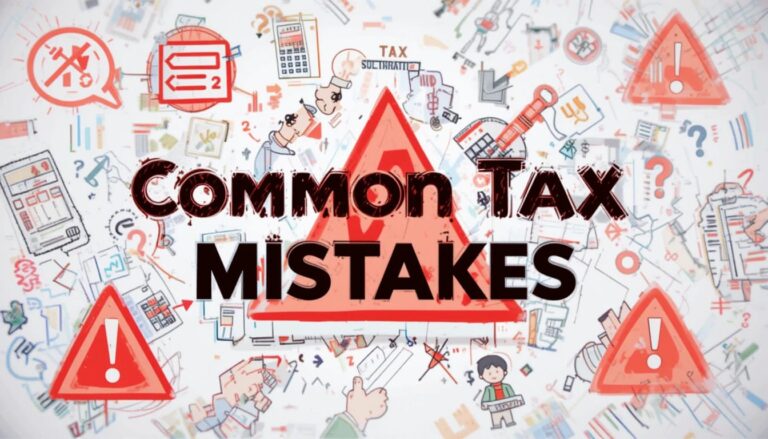Tax Tips for Freelancers: A 2025 Guide to Managing Your Taxes Efficiently
Freelancing offers flexibility, independence, and control over your income—but it also comes with added tax responsibilities. Unlike traditional employees, freelancers are responsible for managing their own taxes, tracking expenses, and making estimated payments throughout the year. If you’re freelancing in 2025, understanding your tax obligations and opportunities can save you time, money, and stress. Here’s a comprehensive guide to tax tips every freelancer should know.
1. Know Your Tax Status
As a freelancer, you’re considered self-employed by the IRS. This means you’ll need to file a Schedule C (Profit or Loss from Business) along with your personal tax return (Form 1040).
You’re also responsible for paying:
- Income tax on your net earnings
- Self-employment tax (Social Security and Medicare), which totals 15.3% on net income
Understanding this upfront helps you avoid surprises come tax time.
2. Track All Income Sources
Freelancers often receive income from multiple clients, usually reported on Form 1099-NEC if you earned $600 or more from a single client. However, you must report all income, even if you don’t receive a 1099.
Keep detailed records of:
- Bank deposits
- Payment platforms (PayPal, Venmo, Stripe)
- Direct payments from clients
Using accounting software like QuickBooks, FreshBooks, or Wave can simplify tracking.
3. Deduct Business Expenses
You can lower your taxable income by deducting ordinary and necessary business expenses. Common deductions for freelancers include:
- Home office expenses
- Internet and phone bills
- Equipment and software
- Marketing and advertising
- Professional development (courses, books)
- Business travel and meals
- Subscriptions and tools (e.g., Canva, Adobe Creative Suite)
Keep digital or paper receipts, invoices, and mileage logs to substantiate your claims.
4. Set Aside Money for Taxes
Unlike traditional employees, taxes aren’t withheld from your freelance income. To avoid penalties and a large tax bill, set aside 25%–30% of each payment for taxes.
You’ll likely need to make quarterly estimated tax payments to the IRS, due in April, June, September, and January. Use Form 1040-ES to calculate and pay these.
5. Take Advantage of Self-Employment Deductions
Freelancers are eligible for special deductions, including:
- Self-employment tax deduction: You can deduct half of your self-employment tax from your income.
- Qualified Business Income (QBI) deduction: Many freelancers can deduct up to 20% of their net business income under this provision.
- Health insurance premiums: If you pay for your own health insurance, you may be able to deduct the premiums.
6. Consider a Retirement Plan
Freelancers can reduce taxable income while saving for the future with plans like:
- SEP IRA
- Solo 401(k)
- Traditional or Roth IRA
These plans offer higher contribution limits than standard IRAs, helping you lower your tax burden significantly.
7. Stay Organized and Plan Ahead
Tax season is much easier when you maintain year-round organization. Use digital tools for invoicing, expense tracking, and document storage. Schedule time monthly to review your income and expenses.
Also, consider hiring a tax professional—especially if your freelance business is growing. A qualified CPA can help you maximize deductions and comply with ever-changing tax rules.







